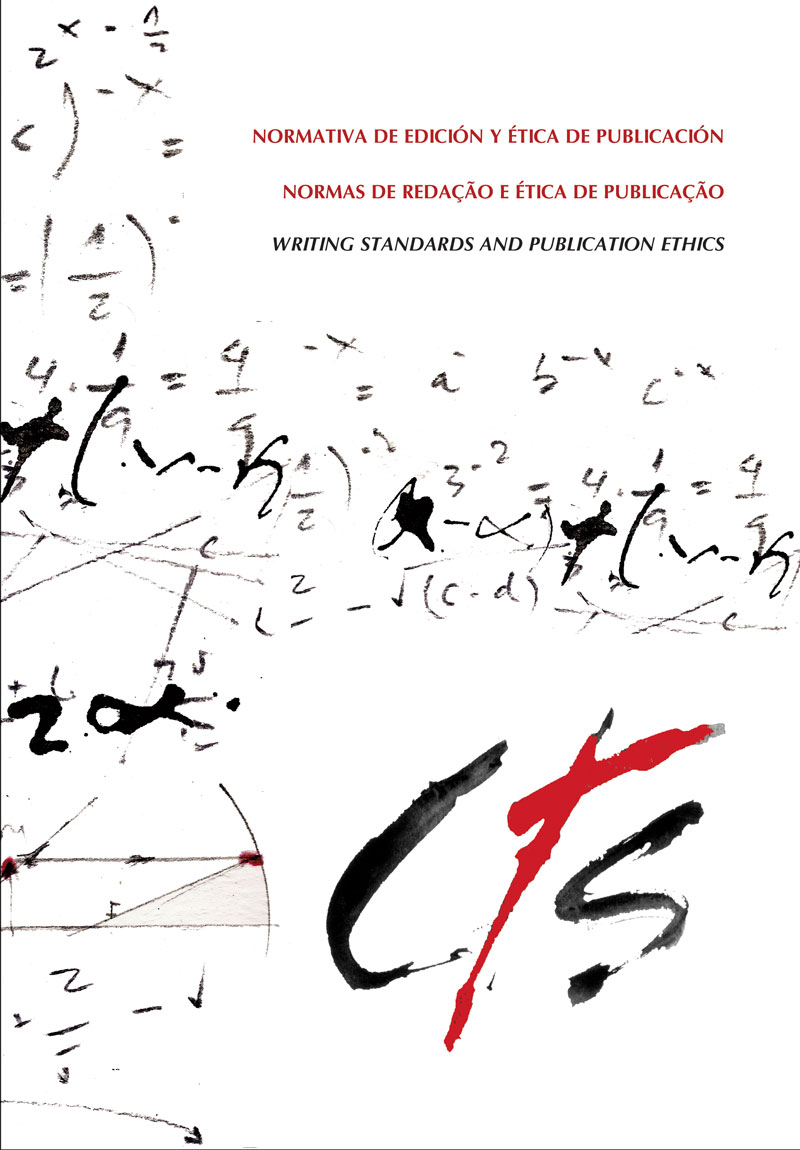Marx and Mumford
Two Views on Industrial Machinery and its Genesis
DOI:
https://doi.org/10.52712/issn.1850-0013-358Keywords:
Karl Marx, Lewis Mumford, industrial machineryAbstract
This article compares two models of the genesis of industrial machinery. On the one hand, the one elaborated by Karl Marx in the mid-19th century; on the other, the one developed by Lewis Mumford in the late 1960s. This comparison is intended as a contribution to rethink the link between industrial machinery and social organization. To this end, we start from the assumption that every technical system requires certain social conditions for its functioning or, in other words, that every technical system is compatible with a specific type of social organization. However, it is not easy to characterize how these two spheres are linked to each other. Our thesis is that, considering the phenomenon of the genesis of industrial machinery, Marx’s developments are closer to emphasizing a certain autonomy between the two; Mumford’s, on the other hand, point to a clear continuity. We draw some conclusions from this contrast and succinctly point out certain theoretical connections with later philosophical approaches.
Downloads
References
Avanessian, A. & Reis M. (2017). Aceleracionismo. Buenos Aires: Caja Negra.
Babbage, C. (2009). On the Economy of Machinery and Manufactures. Cambridge: Cambridge University Press.
Deleuze, G. & Guattari, F. (1994). Mil mesetas. Valencia: Pre-textos.
Engels, F. (1961) Dialéctica de la Naturaleza. México: Grijalbo.
Engels, F. (1973) Obras Elegidas de Marx y Engels. Buenos Aires: Ciencias del Hombre.
Engels, F. & Marx, K. (1975). Karl Marx, Frederick Engels: collected works. Nueva York: International Publishers.
Ferrater Mora, J. (1964) Diccionario de Filosofía. Buenos Aires: Sudamericana.
Haraway, D. (2018). Cyborg manifesto. Camas Books.
Latour, B. (2005). Reensamblar lo social: una introducción a la teoría del actor-red. Buenos Aires: Manantial.
MacKenzie, D. (1984). Marx and the Machine. Technology and Culture, 25(3), 473-502.
Marx. K. (1982). Instrumento y máquina en el manuscrito 1861-1863 de Marx. Progreso técnico y desarrollo capitalista (manuscrito 1861-1863) (7-73). México: Pasado y Presente.
Marx, K. (1987). Miseria de la filosofía: respuesta a la filosofía de la miseria de Proudhon. México: Siglo XXI.
Marx, K. (2011). Elementos fundamentales para la crítica de la economía política: borrador 1857-1858 (Vol. 2). México: Siglo XXI.
Marx, K. (2013). El capital. México: Siglo XXI.
Mayr, O. (2012). Autoridad, libertad y maquinaria automática en la primera modernidad europea. Barcelona: Acantilado.
Mumford, L. (2017). El mito de la máquina. Técnica y evolución humana. Logroño: Pepitas de Calabaza.
Raunig, G. (2008). Mil máquinas: Breve filosofía de las máquinas como movimiento social. Madrid: Traficantes de Sueños.
Simondon, G. (2007). El modo de existencia de los objetos técnicos. Buenos Aires: Prometeo.
Schul, P.-M. (1955). Maquinismo y Filosofía. Buenos Aires: Galatea.
Thoburn, N. (2019). Deleuze, Marx y la política. Buenos Aires: Editorial Marat.
Ure, A. (1835). The Philosophy of Manufactures. Londres: Charles Knight.
Valdez Rojas, J. (2015). La filosofía de la técnica de Gilles Deleuze. Buenos Aires: Universidad de Buenos Aires. Recuperado de: http://repositorio.filo.uba.ar/handle/filodigital/6091.
Downloads
Published
How to Cite
Issue
Section
License
Copyright (c) 2022 CC Attribution 4.0

This work is licensed under a Creative Commons Attribution 4.0 International License.
All CTS's issues and academic articles are under a CC-BY license.
Since 2007, CTS has provided open and free access to all its contents, including the complete archive of its quarterly edition and the different products presented in its electronic platform. This decision is based on the belief that offering free access to published materials helps to build a greater and better exchange of knowledge.
In turn, for the quarterly edition, CTS allows institutional and thematic repositories, as well as personal web pages, to self-archive articles in their post-print or editorial version, immediately after the publication of the final version of each issue and under the condition that a link to the original source will be incorporated into the self-archive.











